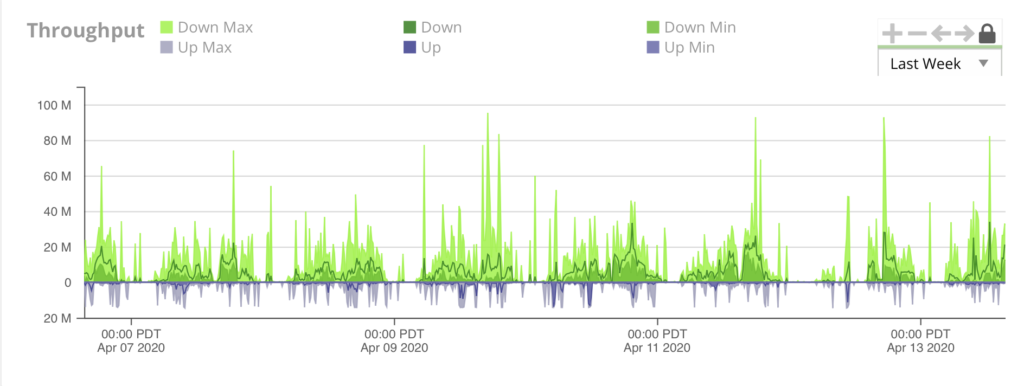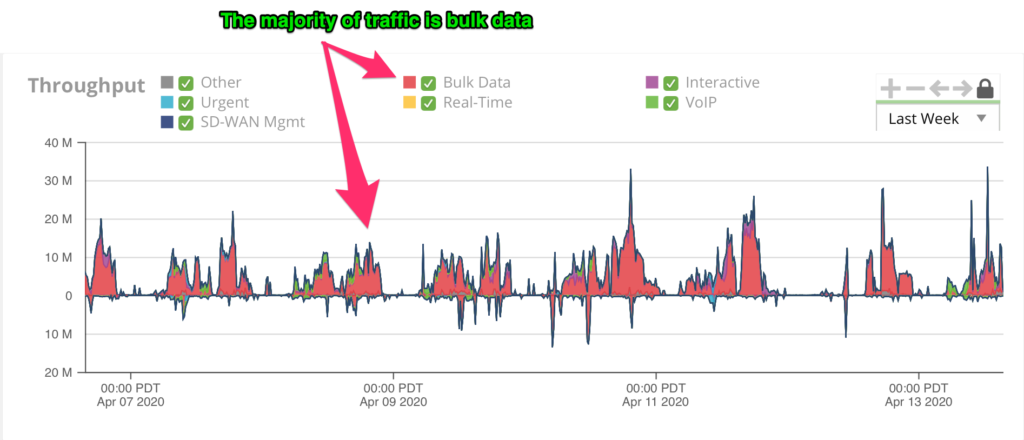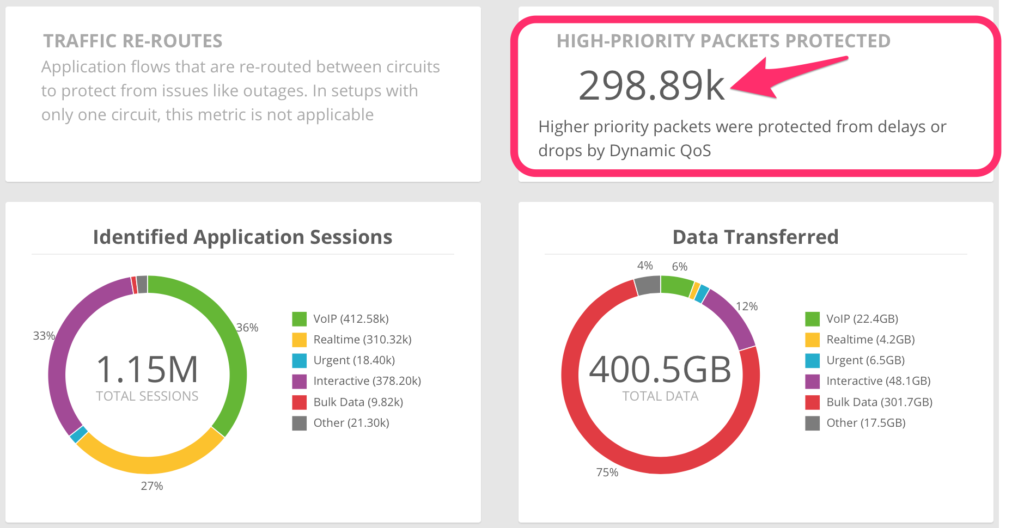Many of us are currently working out of home offices alongside our family members or roommates who are doing the same. In addition to sharing more meals and living space, we’re also sharing more of our home Internet connection during more hours of the day.

This can mean that one or two people are in and out of video conferences and using collaborative tools like Microsoft Teams all day, while someone else is using Google Classroom for school or streaming Netflix or Disney+. All of these uses rely on the home’s internet connection, which is commonly unreliable at best.
An estimated 13.2M people working from home due to Coronavirus are experiencing daily Internet connectivity issues.
Waveform, April 2020 Report: Millions of Americans are Working from Home with Unreliable Cell Signal and Internet
In a standard home network, the traffic from all of these sources is treated equally. So, Sally’s twelfth viewing of “Frozen 2” is getting the same priority as Mom’s Zoom call, meaning that Mom could experience garbled audio or choppy video that keeps interrupting her important meeting, or worse yet, dropping it altogether.

In an enterprise office environment, traditional networking technologies can sometimes be implemented and managed by a team of network engineers, using policies to prioritize traffic related to VoIP, video calls and business applications over less important traffic.
In a home office environment, this policy-based approach becomes exponentially more challenging due to the huge variability and lack of visibility for the IT team with each employee’s residential ISP connections, usage patterns, and home networking equipment.
The story changes when IT can implement and scale automated QoS across all of your teams’ home office networks. When you can take advantage of intelligent software instead of having to manually build policies to automatically identify and prioritize traffic for your business communications and applications—supporting your remote workers becomes much more feasible.

As seen in the chart above, solutions like Bigleaf Home Office use proprietary algorithms, instead of manual policies, to prioritize high-priority business application traffic over less important bulk data, while monitoring and adjusting traffic in real time—to the varying broadband capacity home ISPs deliver.
When this can be done for home office workers, their business tools can get the VIP treatment over streaming services, like Netflix, so they don’t drop or lag and team members who are working from home can stay productive and frustration-free.
Want to learn more about home office networking?
Follow us on LinkedIn to get more content and notifications on upcoming webinars.
If you’re interested in how to prioritize your key business applications over Netflix, YouTube, or other internet applications, check out Bigleaf remote office and let us know if you have any questions.







